- Dogs →
- Cats →
- Why Raw →
- Pricing + Delivery →
- Our Reviews →
- For Vets →
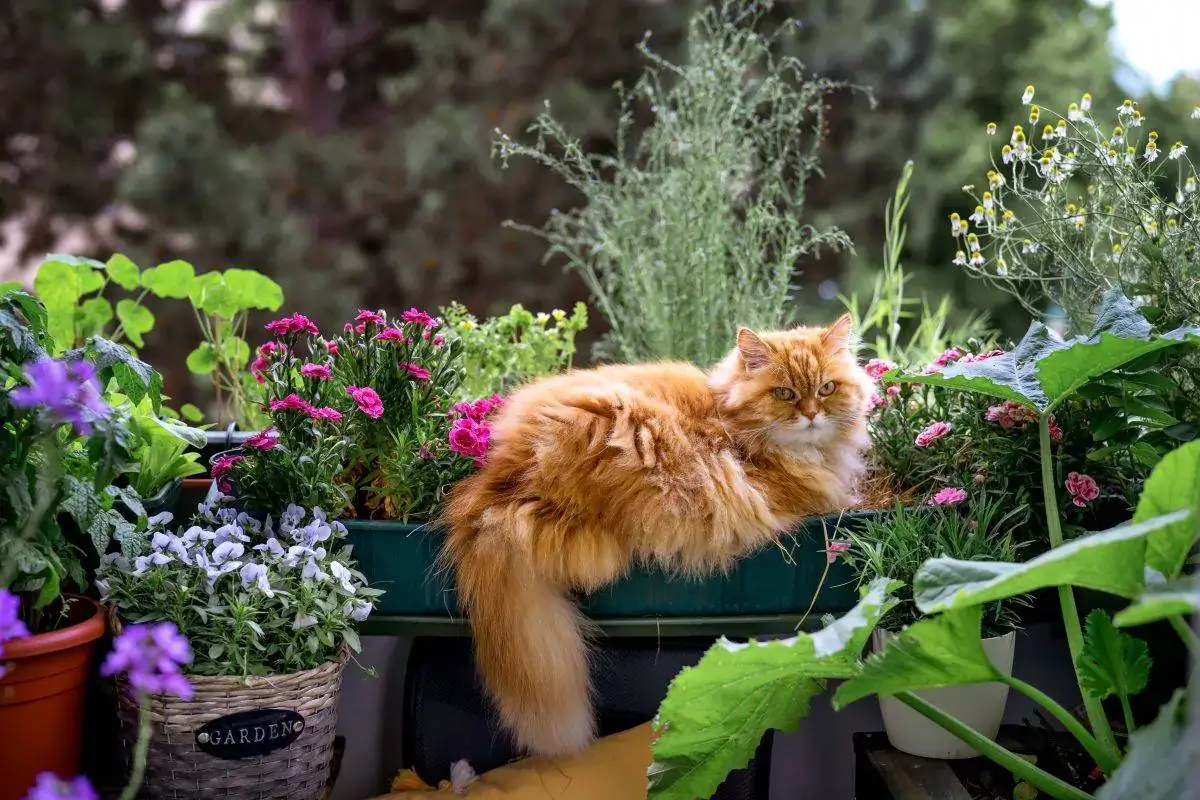
Many plants can be toxic to your cat. Jude McCoy, our Nutritional Advisor, is here to help. Read on to discover some of the most common and how to keep your kitty safe.
Having safe things for your kitty to chew on may help to avoid them chewing on things – like plants – that they shouldn’t. Try some cat grass, or check out our range of cat treats.
Some of the more common toxic flowers are listed below. Please be aware that this list is not exhaustive – if your cat eats any flower that you’re unsure off, please speak with a vet urgently. You can also download plant identification apps which can tell you whether or not a plant is toxic to cats.
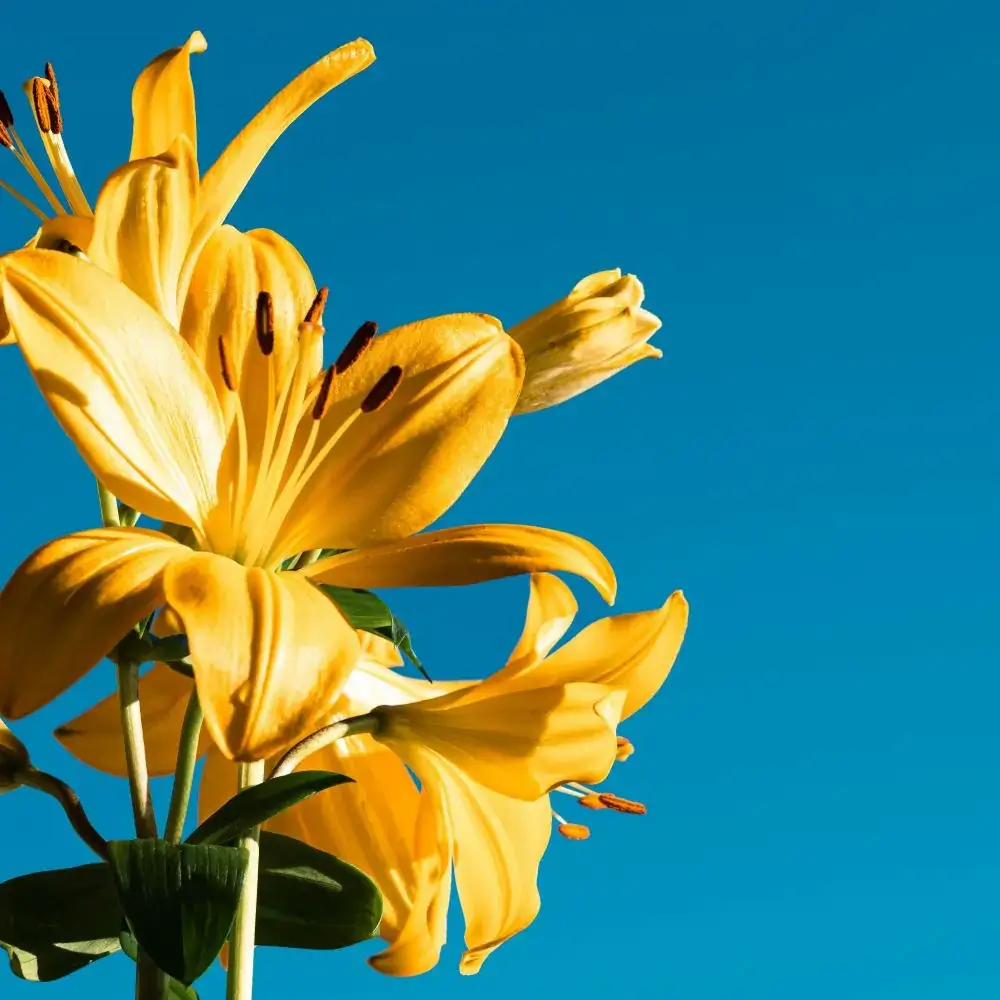
The whole plant is toxic to cats and it’s best to avoid all lilies completely – that includes cut flowers in bouquets, and plants indoors and out. Even if your cat doesn’t eat the plants, they can still become ill, just by rubbing against the pollen and then grooming themselves. Lily poisoning can lead to life-long kidney problems and even be fatal, so it is an important plant to be aware of if you are a cat lover. (1)
You might come across lilies growing in gardens, and they’re commonly included in bouquets of flowers.
These bright spring flowers contain an alkaloid that causes vomiting. Crystals in the bulb are highly toxic and can cause abnormal heart rhythms or breathing problems. Daffodils are usually found growing outside, but bunches are often brought indoors in spring.
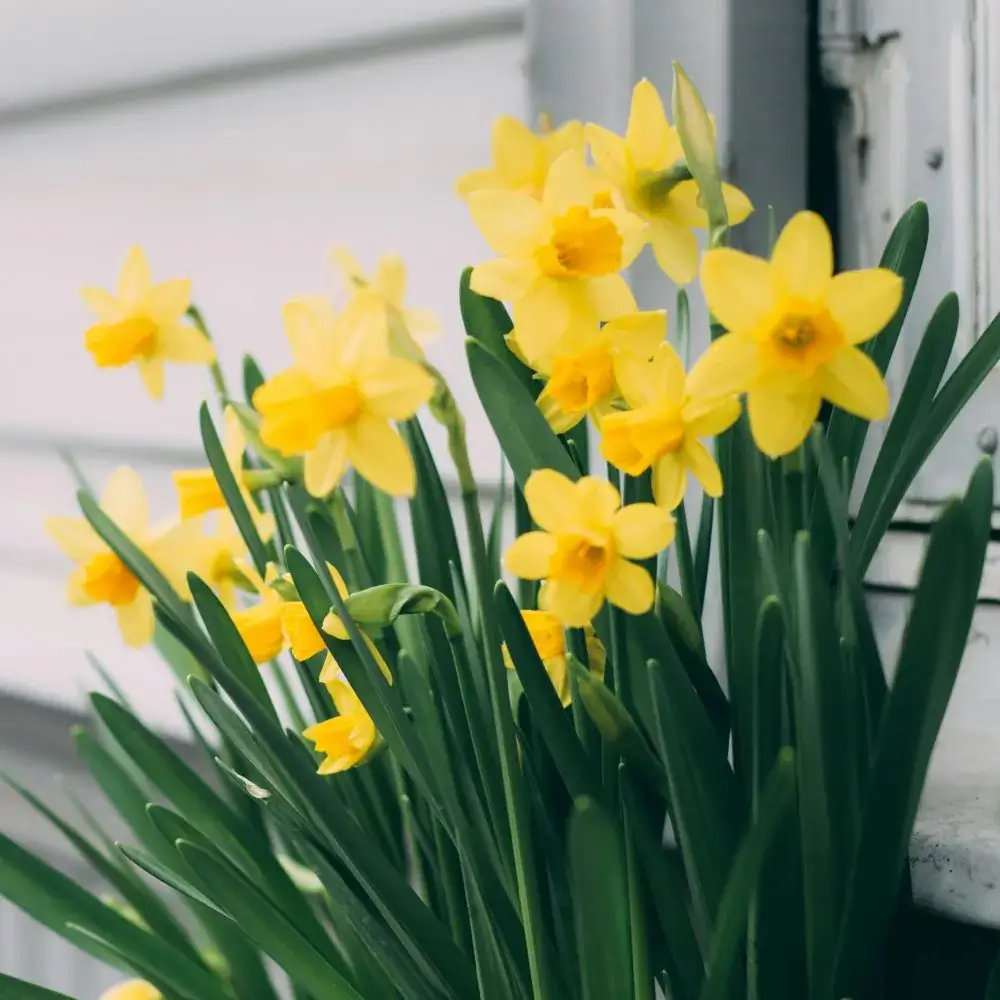
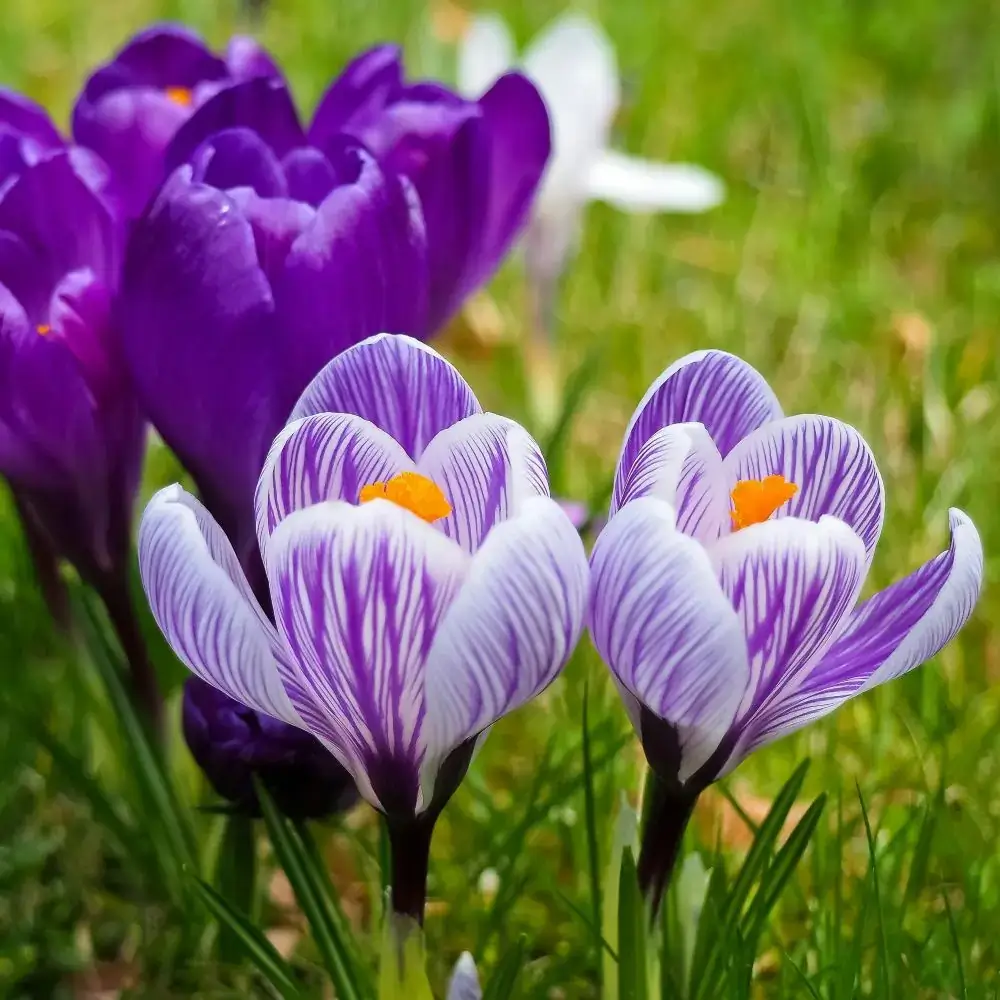
Both spring and autumn crocuses are highly toxic to cats, causing vomiting, bloody diarrhoea, gastrointestinal bleeding, breathing problems, and liver and kidney failure. In some cases, the effect can be deadly. Crocuses are commonly found in gardens.
The plant contains poisons that affect the heart, causing it to beat irregularly, which can be fatal. The effect of foxgloves on the heart is so well documented that a drug derived from this plant is still sometimes used to help manage heart failure (digoxin). Foxglove is an outdoor plant, which is sometimes grown in gardens.
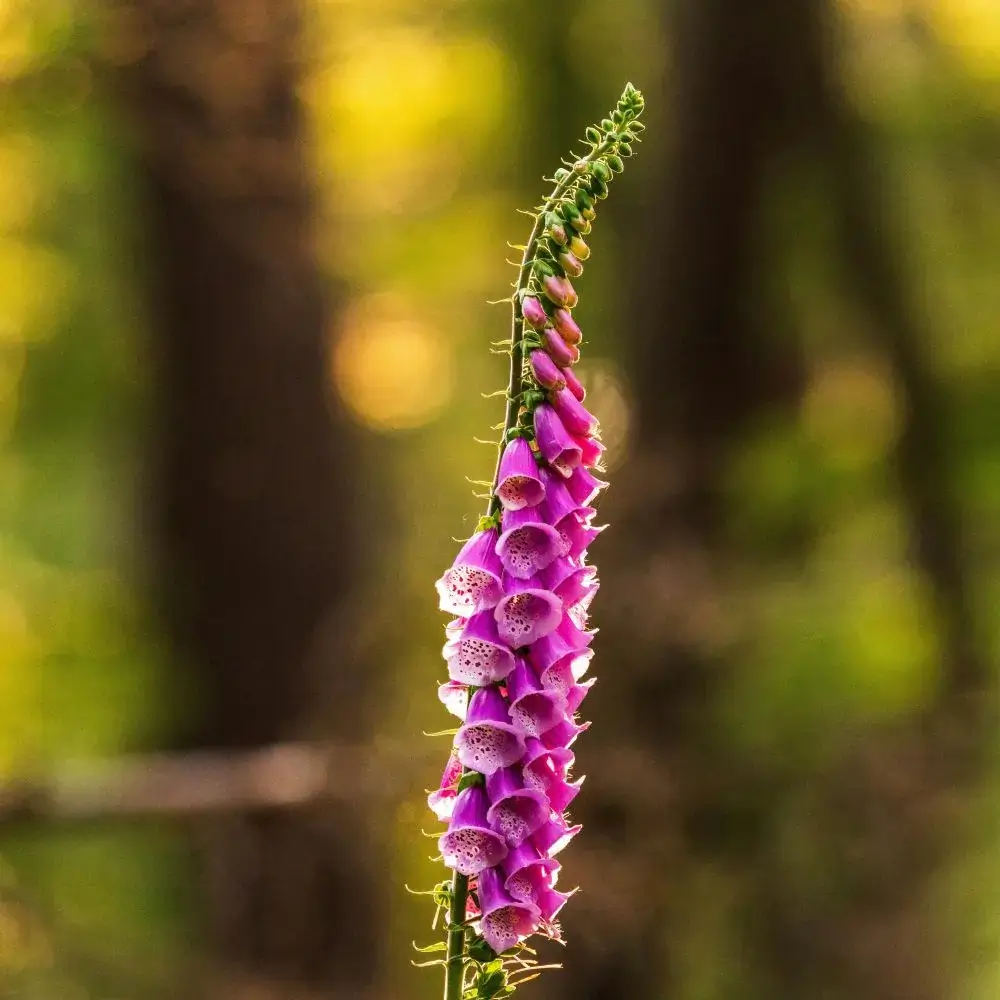
As well as the plants listed above, there are several outdoor plants which are toxic for kitties.
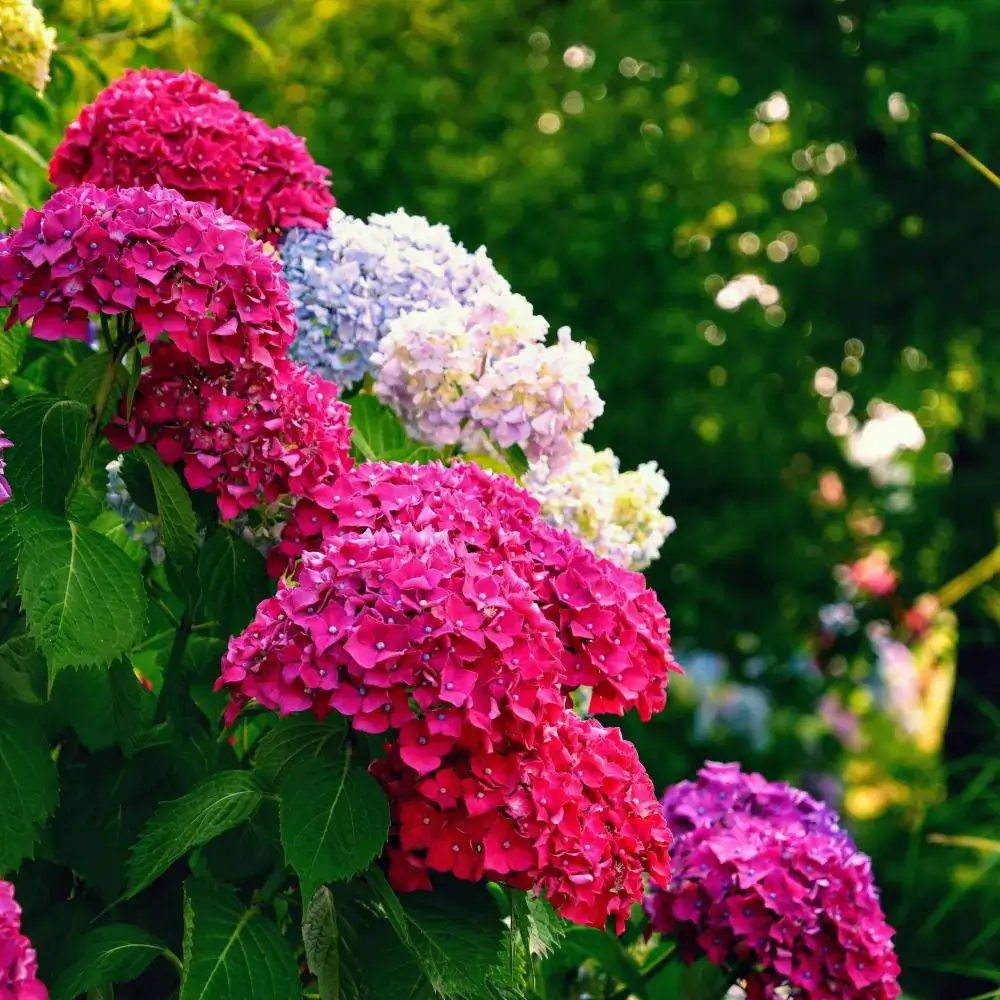
A popular garden bush, as well as being used in some flower arrangements, all parts of the hydrangea are toxic to cats. Hydrangea contains a toxic substance known as cyanogenic glycosides. Symptoms can include lethargy, vomiting and diarrhoea. It’s not known how much a cat would need to consume to receive a toxic dose.
There are many different types of hydrangea, and all are toxic to cats however, the most toxic is Bigleaf Hydrangea.
Hyacinth is usually found growing in gardens, but may also be grown indoors. All parts of the plant are toxic, with the bulbs being the most toxic. Hyacinth contains calcium oxalate raphides, and lycorine both of which can cause issues for your cat.
Cats can suffer poisoning if they eat the plant but also through inhalation and contact. Symptoms include weakness and lethargy, nausea, drooling, vomiting and diarrhoea as well as blisters (in the case of contact). Breathing difficulties may occur in severe cases.
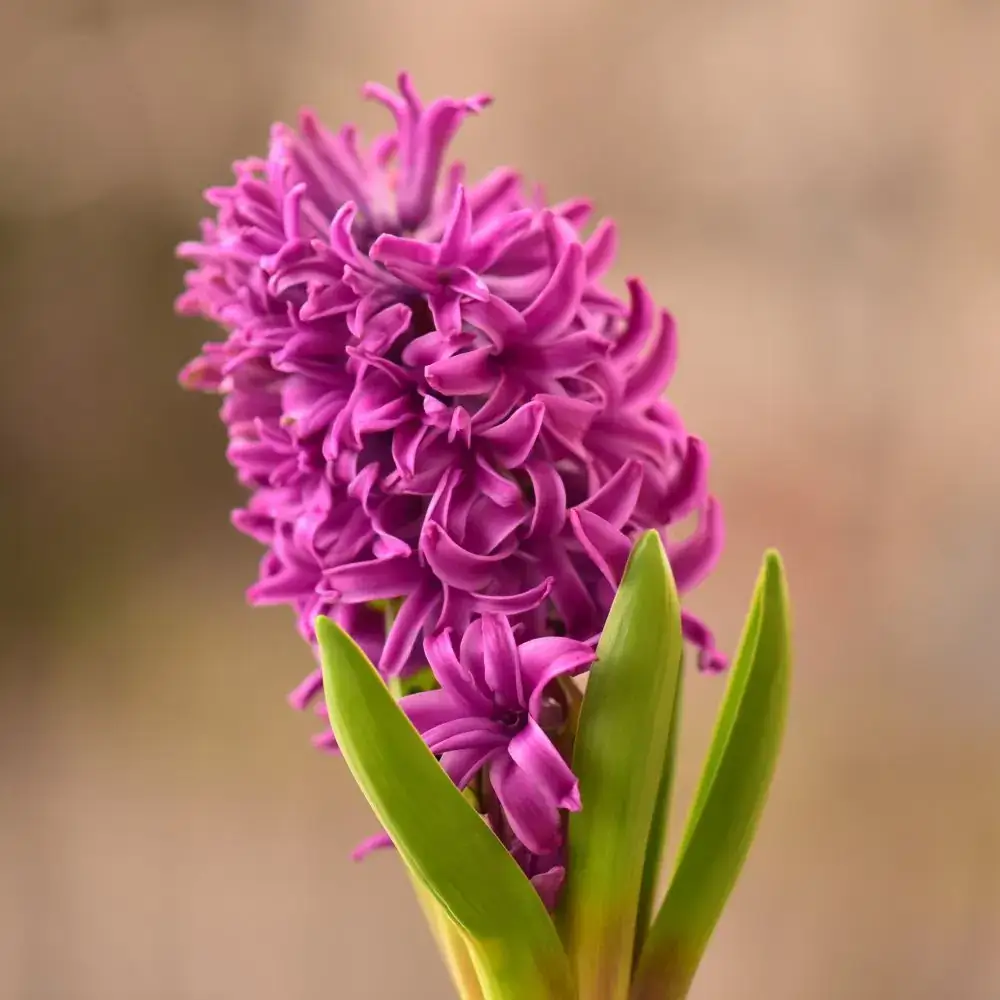
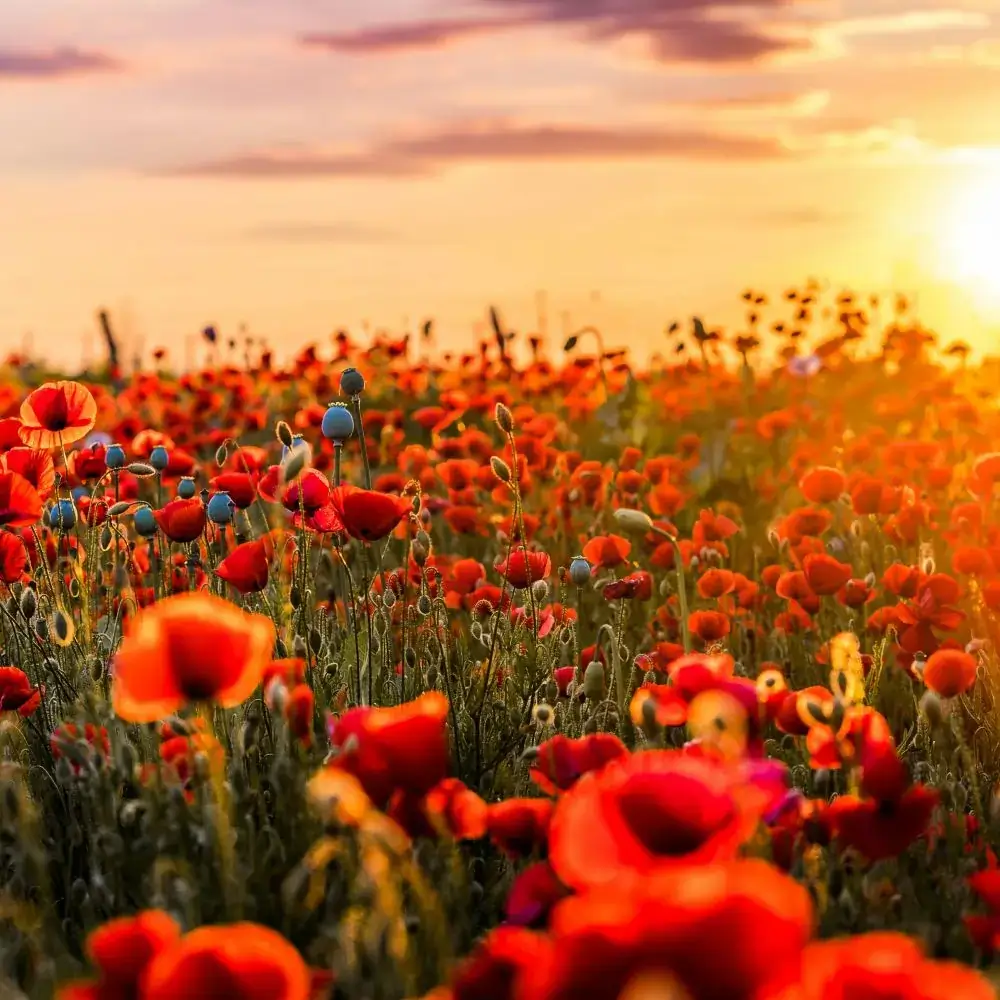
This much loved flower can be found growing wild, as well as in wild flower gardens. While no studies are available on its toxicity in cats, extrapolating from information available for dogs and other mammals means that it’s assumed that poppies are toxic to cats. Poppies affect the nervous system, causing symptoms like dilated pupils, vomiting, lack of coordination and collapse.
In small amounts, sweet pea shouldn’t harm your cat, but it is toxic in large amounts so care should be taken. Symptoms include vomiting and diarrhoea as well as lethargy. Cats may also become dehydrated. In severe cases, they may suffer from seizures.

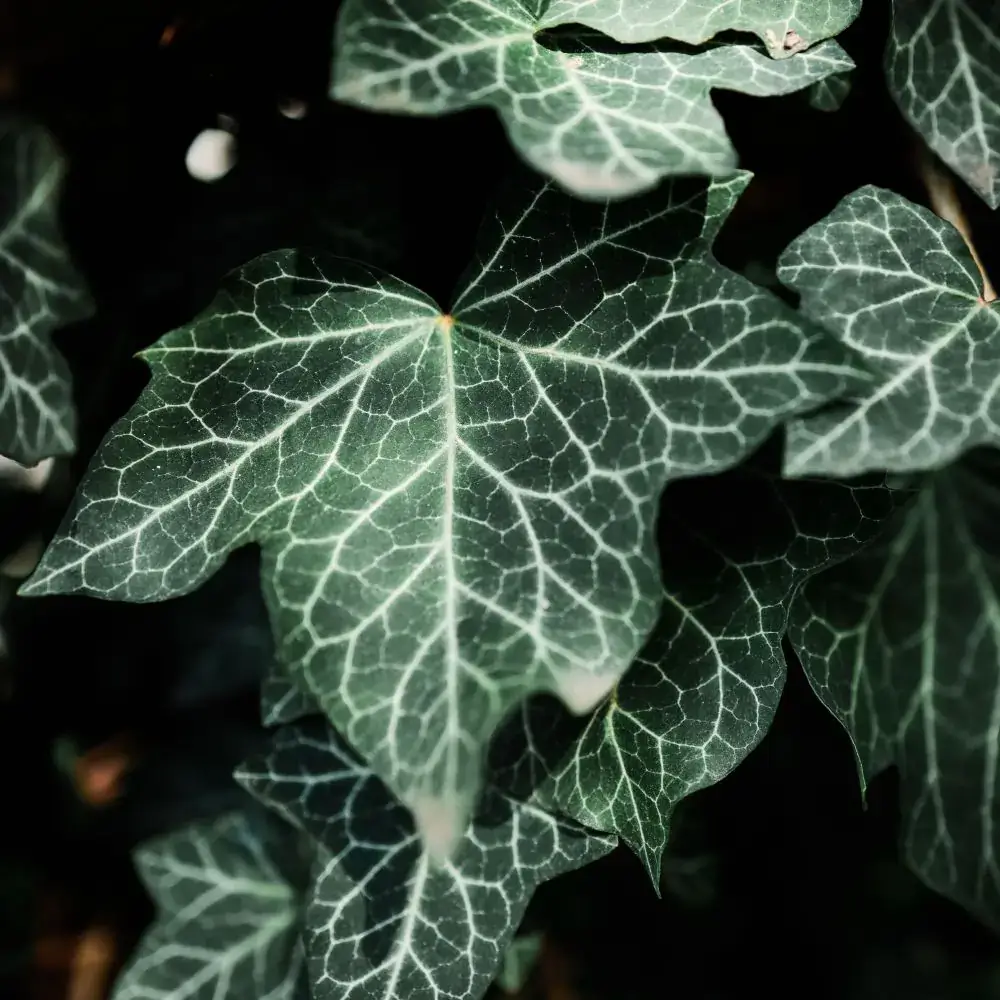
English Ivy contains a substance called hederagenin which, when ingested by your cat, can cause abdominal pain, drooling, vomiting and diarrhoea.
There are several indoor house plants which are toxic for your feline friend. (2)
It’s not known what makes this popular pot plant toxic to cats, but all parts of the plant can cause a reaction and they’re highly toxic, causing gastro-intestinal symptoms such as vomiting and diarrhoea.
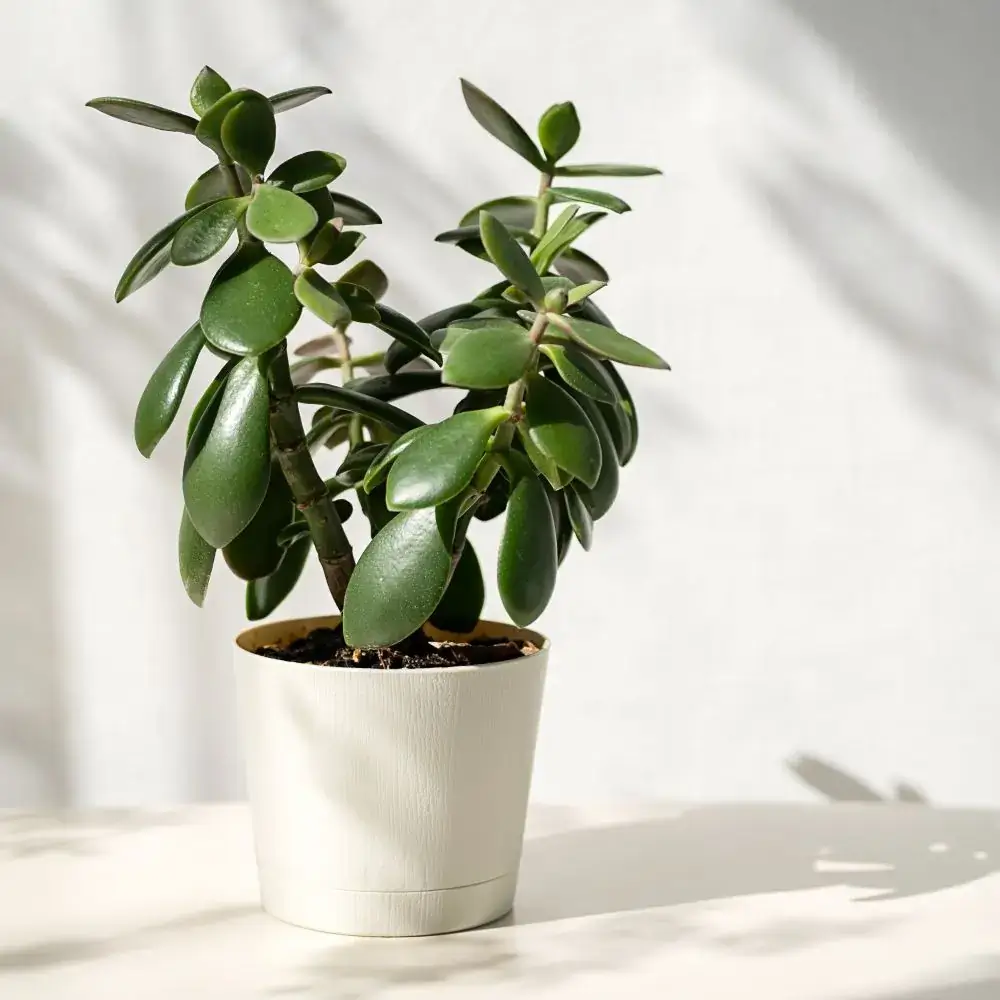
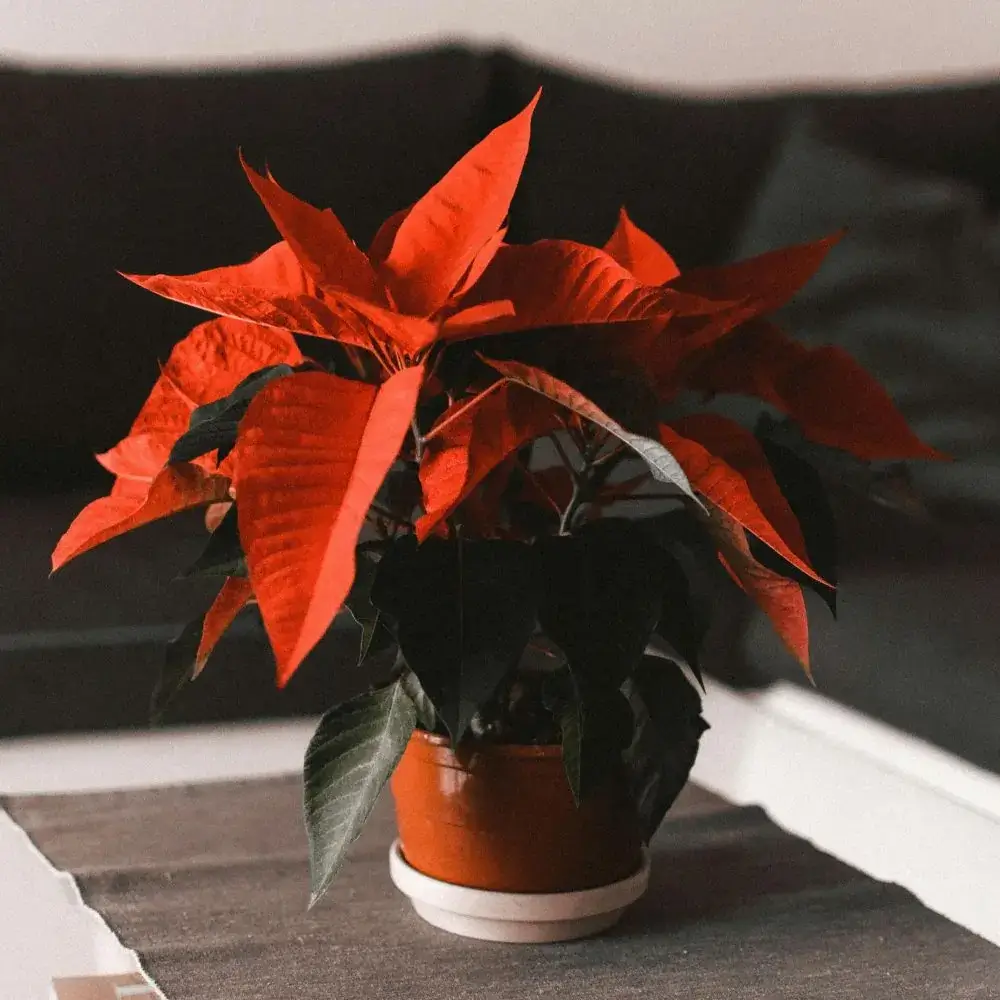
This plant is especially popular at Christmas, but care should be taken if you have cats as ingesting just a small amount can make your cat ill. Symptoms include drooling, vomiting, and diarrhoea. Cats who eat a large amount may suffer more serious symptoms which can include cardiovascular issues.
This trailing plant is often recommended for beginners as it’s very easy to look after, but all parts of the plant are toxic to cats. Chewing the leaves can irritate your cat’s mouth and may also cause drooling, and vomiting as well as difficulty swallowing. In some cases the mouth may become very swollen. Symptoms are not usually fatal but they can cause your cat extreme discomfort.
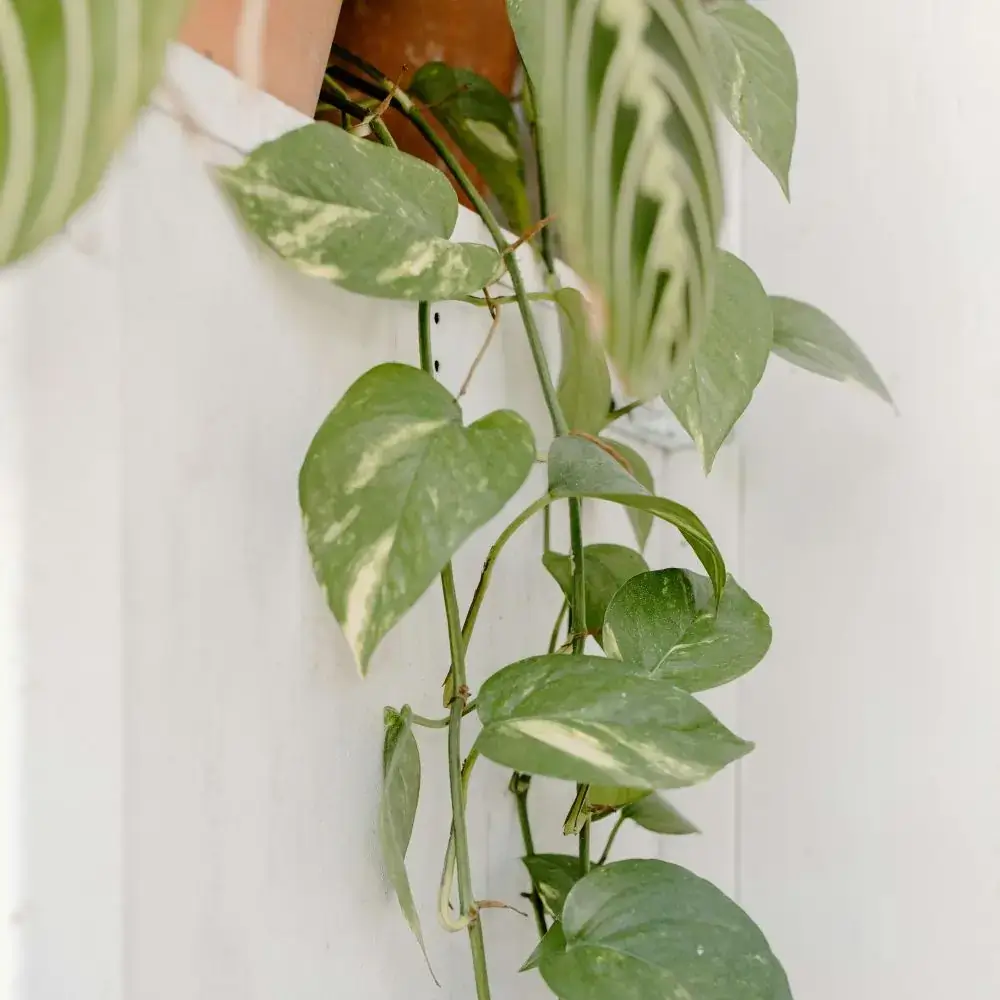
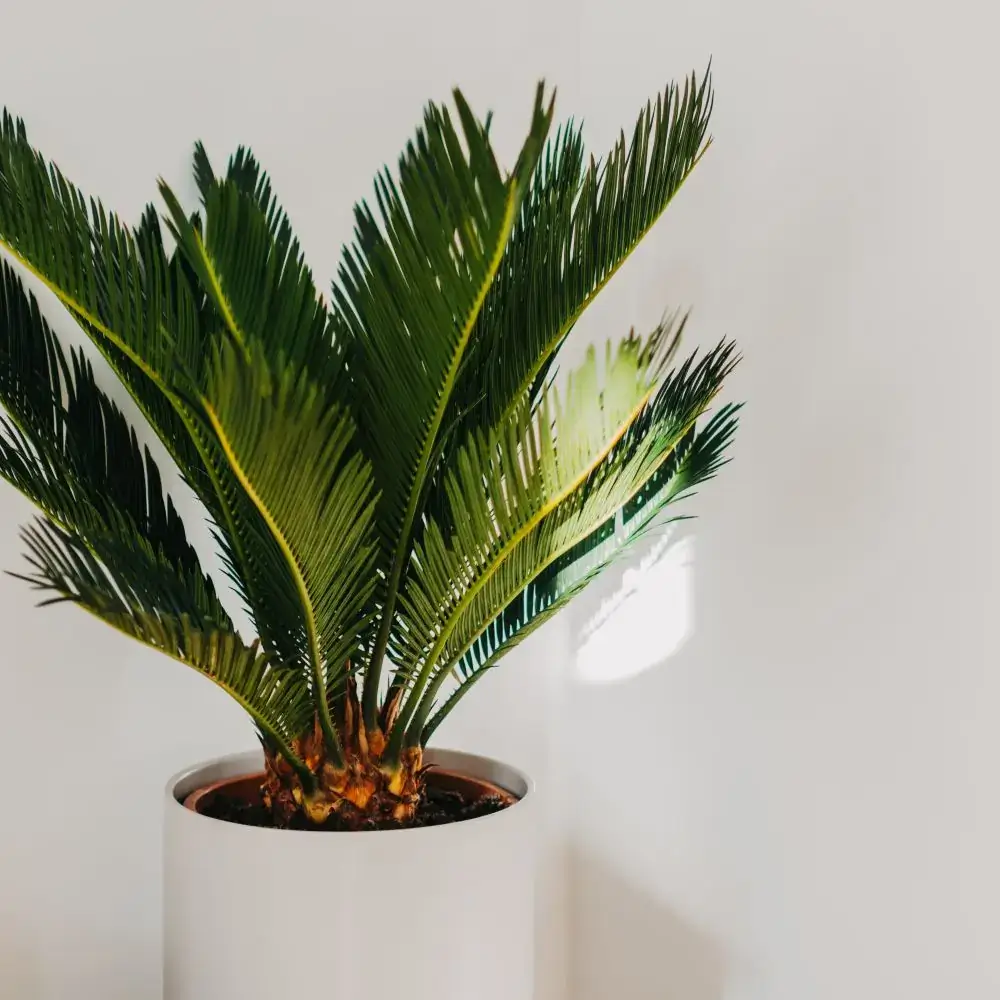
These are popular plants for sunrooms but all parts are extremely toxic to cats (3). The seeds in particular are lethal. Sago palm contains cysasin which causes severe damage to the liver. Symptoms start with vomiting, and bloody diarrhoea as well as drooling and will progress to hemorrhagic gastroenteritis, abnormal bleeding and liver failure.
Cats that have eaten or come into contact with a toxic substance, including toxic plants may display any of the following symptoms:
If you know that your cat has eaten a potentially toxic plant, don’t wait for symptoms to appear before contacting your vet.
If you suspect that they may have eaten a toxic plant, contact a vet straight away. You also have the option of calling the Animal Poison Line on 01202 509000 who will let you know if they have potentially ingested something toxic. (4)
Let your vet know that you suspect they’ve eaten a toxic plant and, if possible, let them know what type of plant it was.
You may be able to claim the cost of any treatment on your cat insurance.
While some plants and flowers are only mildly toxic, there are some – such as lilies – that can be deadly to cats. Some plants can cause liver, or heart failure for your kitty. Cats are usually very good at not eating things that might harm them – but sometimes curiosity gets the better of them so care should always be taken not to expose them to dangerous plants.
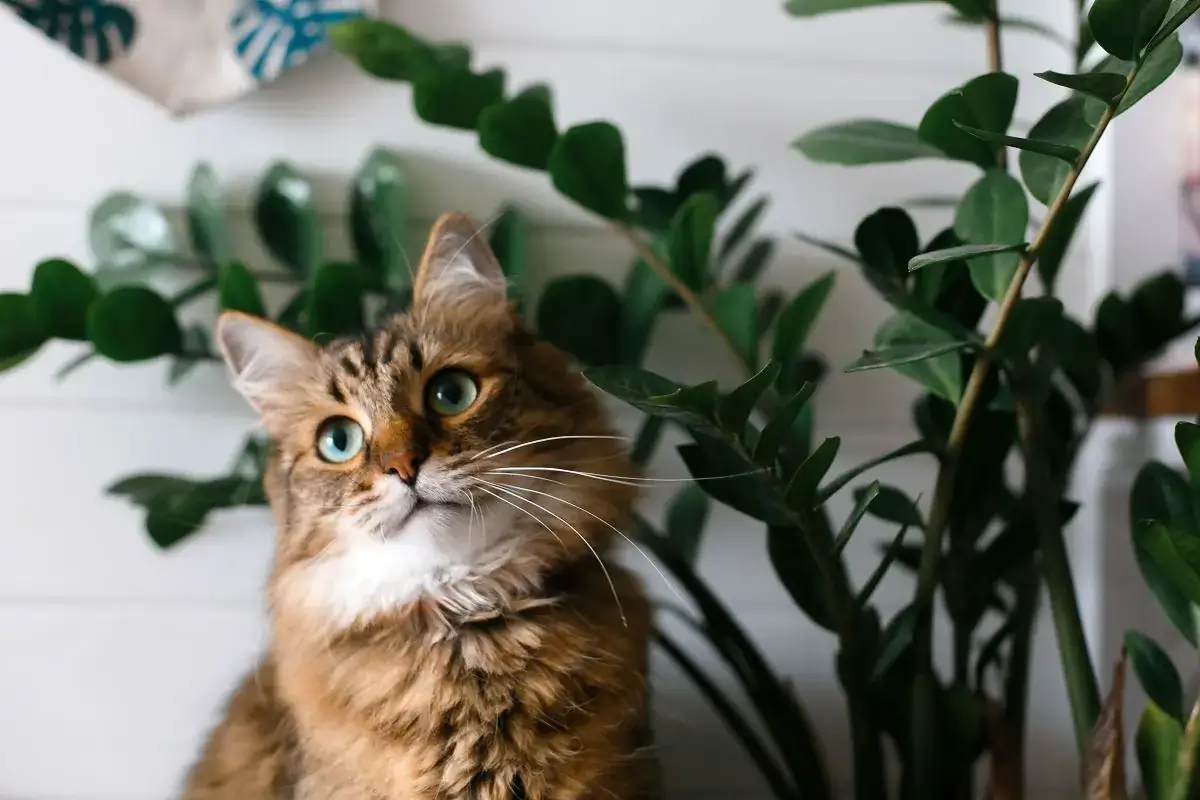
Sharing your life with cats doesn’t mean that you have to avoid flowers altogether, and there are some beautiful options which are safe for your feline friends. A good florist should know which options are safe for homes with cats. Some popular choices are:
If you have a garden, you’ll want to know what you can plant that is safe for your kitty, while still making your garden an enjoyable place. These plants are all safe for your cat:
If you have green fingers and enjoy having plants in your home, you’ll want to ensure that those plants are safe for your four-legged friends. Here are some great options:
Lilies (all types) are generally considered to be amongst the most toxic plants for cats, with all parts, including the pollen, considered dangerous, causing acute kidney failure.
Cats generally are good at not eating things that are bad for them but sometimes they can be overly curious, and this is especially true of kittens. Problems can also arise if a cat brushes against a plant that causes a skin reaction, or if they get pollen on their fur, which they then lick off.
This will depend on several factors including how toxic the plant itself is, and how much your cat has been exposed to and can range from within minutes to hours or potentially days.
Most cats will naturally avoid eating toxic plants, but the best way to avoid the risk is to limit their exposure. Keep toxic flowers and plants out of your house where your cat could access them, and take care with the plants you have in your garden.
When you share your life with a cat, it’s important to ensure that their environment is safe, and that includes the plants they come into contact with. While many plants are toxic for cats, there are also some great options that you can enjoy. Why not join our friendly, online community - The Pack where you can learn more about everything cat!
Bella+Duke works proactively with the veterinary professions to support pet-centred wellness and recommend discussing any health concerns with your vet.